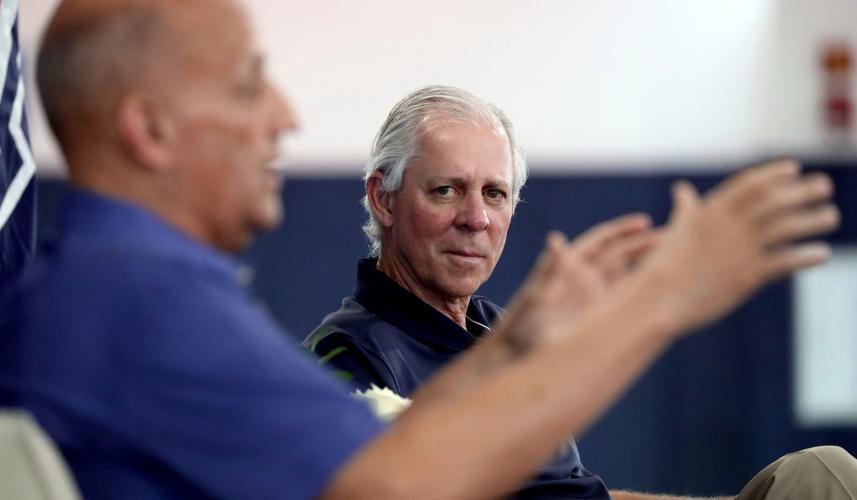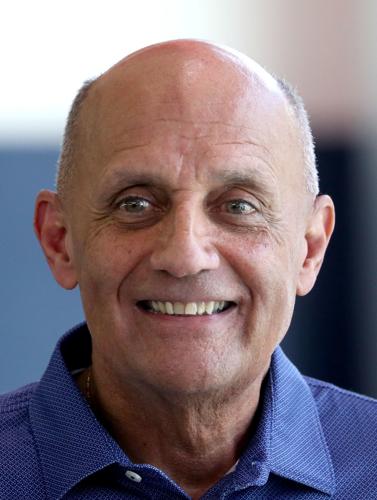Just months before classes are slated to resume, a new task force has been launched to determine how the University of Arizona campus will operate come Aug. 24 in the face of the coronavirus.
In addition to taking up on-campus housing and on-campus learning planning, other considerations before the task force include how to regionalize coronavirus testing and tracing efforts in collaboration with Pima County and the city of Tucson.
Doing so would create a “uniform message, a uniform process that the average person then has great confidence in and see that everybody’s working together to protect them,” said Dr. Richard Carmona, former U.S. surgeon general and professor in the UA’s Mel and Enid Zuckerman College of Public Health. He also holds dual roles as a professor of surgery at the College of Medicine and a professor at the College of Pharmacy.
Carmona will be in charge of the task force’s incident command center.
The mission of the task force is to give students and workers the ability to make informed decisions about returning to campus, said Carmona, who will report directly to UA President Robert Robbins.
Weekly task force updates are planned for the public.
The success of the return-to-campus plan and limiting the spread of the coronavirus is dependent on the cooperation of students and the staff, Robbins said.
CAMPUS LIVING
Campus living arrangements will look different as the administration explores how many students would be in each room, possibly keeping students in single rooms or allowing only two students to a room, according to Robbins.
During the final eight weeks of the spring semester when approximately 500 to 600 students remained on campus, Robbins said there weren’t many coronavirus cases within the dorms.
“The data would show that we have not had a lot of cases in the dorms and there’s no outbreaks that I’m aware of any dorms across the country,” he said. “There will be a lot of disinfecting, there will be a lot of education about good public health hygiene and caring not only for your own health but those that you come in contact with.”
Carmona added that “There will be masks certainly in the dorms, there’s going to have to be appropriate spacing, there’s going to be a lot of hand-washing, all of the regular public health things will still be there.”
To educate students on campus, the task force is looking to enlist students within the UA’s Emergency Medical Services to fill more of a role on campus in the fall.
“I see them coming in as educators, in other words, being student ambassadors. Every day they help our students who are sick or injured get to the right place, but we can have them do more,” Carmona said. “They care about our university, they’re passionate, they’re knowledgeable, they can be educators, they can do a lot of things in welcoming students back.”
This could also include Public Health Student Ambassadors within the Mel and Enid Zuckerman College of Public Health to provide public health education.
CAMPUS LEARNING
Courses are still slated to take some form of a hybrid model.
It means that classes won’t all be face-to-face given that some faculty members are within the at-risk population under Centers for Disease Control and Prevention guidelines. Those faculty members would be encouraged to not come back, although the university can’t force them to stay away, Robbins said.
Robbins anticipates that online tuition will be lowered due to more students needing to take courses in the digital, remote mode.
Whichever route is taken by the UA, its students, faculty and staff should plan on the operations continuing for the entire 2020-2021 academic year and know there’s risk involved in returning to campus.
“Each individual person has to make the choice whether they’re a faculty member, a staff member, or a student and their families and loved ones,” Robbins said. “Are they willing to take the risk of getting this infection by coming back to campus? We’re going to do everything we can to drive the risk of the virus being transmitted, but we can’t make it perfectly safe.”





